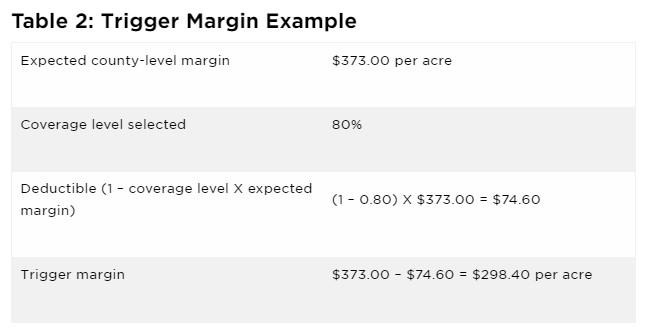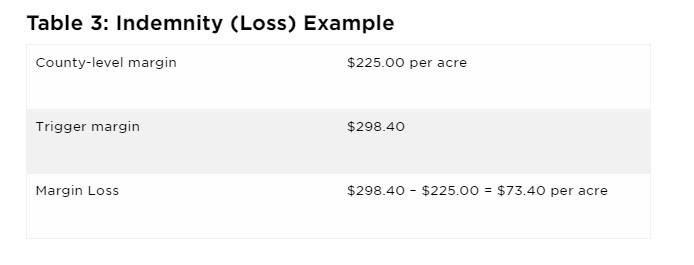By Brooks Warner
Are you certain your bull is ready to work?

Breeding season for most beef herds is upon us or rapidly approaching here in the Midwest, and whether you plan to use your old bull or purchase a new one, it is important to know that the bull you have is fertile. The best way to know if your bull is fertile is by sending him through a Breeding Soundness Exam (BSE).
It is important to understand what a fertile and productive bull looks like before you open your billfold to purchase a bull. Aside from the initial cost of purchasing a sub-fertile bull, the economic loss due to sub-fertile bulls is far greater in the long run. For every 21-day period of the breeding season that a cow remains open, there is a loss of ~55lbs of weaning weight the following year for the calf she finally conceives.
Not only does a bull need to fit the physical criteria and the inherent drive to breed cows, but he needs to be of the right age. Most bulls are sold as yearlings, because breeders want to capture the genetics of a new yearling in the first year. About 2/3 of bulls reach maturity (fertile) at 14 months, but oftentimes we can see reproductive failure due to bull immaturity. Only about 35%, 60%, and 95% of 12-, 14-, and 16-month-old bulls, produce good quality semen (Barth, 2000). Even if young bulls have high quality semen and have all the attributes of a productive and fertile herd sire, lack of experience could be another determining factor in how many or how few females he is able to breed.
Mature bulls should be able to service cows at a ratio of 1:25-1:30 easily if he fits all the criteria in a BSE. Smaller pastures during breeding season may help the bull get every female bred more easily. Be prepared for your bull to lose a considerable amount of condition during breeding season, the off season is the time to be reconditioning your bull to prepare him for next season.
Colorado State University shows that bulls aged 2 years had 120 mounts while bulls aged 3+ had 85.8 mounts, the 2-year-old bulls were responsible for a 41.5% pregnancy rate while the 3+ year old bulls had a 49.9% pregnancy rate. Yearling bulls had an even larger number of mounts at 207 and the lowest overall pregnancy rate of 30.9%. This shows that with age, bulls will achieve more pregnant females with reduced effort compared to younger and more inexperienced bulls.

A BSE can determine a bull’s ability to be a productive member of your herd through passing on his genetics in the next calf crop. His productivity is directly connected with his physiology as well as a built-in desire to breed females, we call this libido. A breeding soundness exam does not cover a bull’s libido, but this can be observed on your own through watching the bull’s behavior around cattle that are in standing heat.
The cardinal principles of breeding soundness are:
- Physical Soundness
- Reproductive soundness
- Good semen quality
- Normal serving capacity
The Western College of Veterinary Medicine in Saskatchewan saw that in 2,110 bulls tested, 22.1% of bulls had at least one physical abnormality that could negatively impact reproduction. WCVM looked at scrotal shape and circumference, assessed hooves for abscess, Interdigital fibromas (corns), corkscrew of the hoof claw, and other conformation issues in the legs and range of motion. Body Condition Score is taken, and sheath and eyes are inspected.
Semen can be collected by a veterinarian and looked at under a microscope to look at concentration of sperm cells, and mobility of the sperm cells. Morphology of the sperm cells and overall volume is also considered in determining if a bull can provide high quality semen.
Mature bulls that have a scrotal circumference less than 34cm are considered sub-fertile but breed specific averages should be considered as some breeds may average below 34cm.The scrotum will also be palpated to check for any masses in the spermatic cords, testes, and scrotal skin. It is important that the testes are similar in size and can move freely within the scrotum.
Bulls that have no physical abnormalities are classified as “satisfactory potential breeders” if they meet the minimum requirements for Scrotal circumference, sperm motility and sperm morphology. Bull’s that do not meet the minimum requirements will be classified as “unsatisfactory potential breeders.”
Getting a BSE done on your herd bull is the best way to ensure you have a fertile and sound bull that will add to your program for years to come. When we consider the economic loss from having a sub-fertile bull on the farm, it makes sense to make the initial investment on a good bull that fits the criteria we need and who also passes the BSE and is identified as a satisfactory potential breeder.
Source : osu.edu